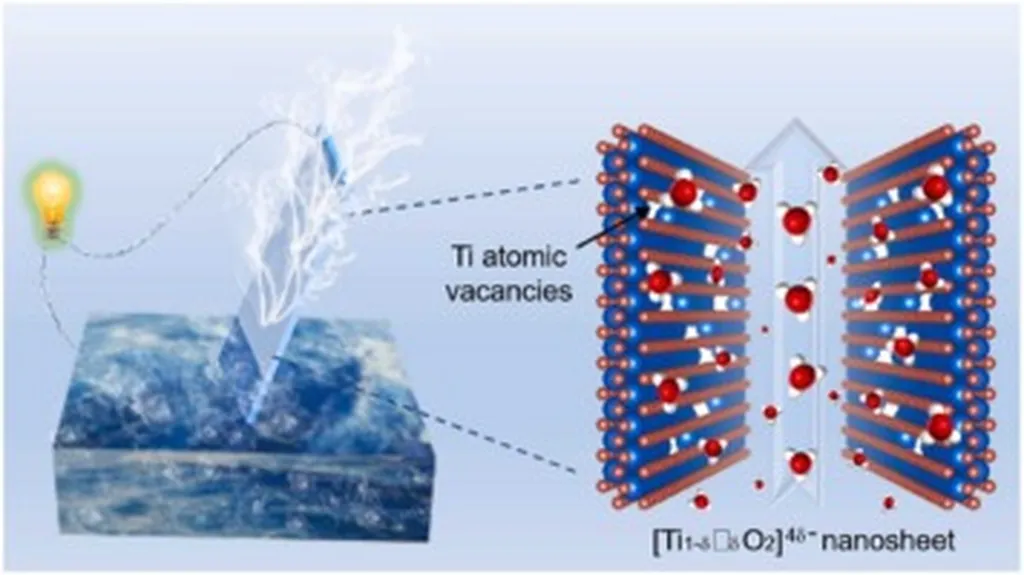In the relentless pursuit of cleaner water solutions, a team of researchers led by Pin Song from the Key Laboratory of Functional Molecular Solids at Anhui Normal University has made a significant stride. Their work, published in the journal *EcoEnergy* (translated as “生态能源”), introduces a novel approach to tackling persistent organic pollutants (POPs) in water using a unique photocatalytic material.
Dyes and antibiotics, common POPs, have long posed a challenge to traditional water treatment methods. These pollutants are notoriously difficult to remove completely, often persisting in the environment and posing significant health risks. Enter the Bi4O5Br2/g‐C3N4 composite nanosheets, a promising solution developed by Song and his team.
The composite material is designed with a heterojunction structure, which enhances its ability to adsorb and degrade pollutants under visible light. “The large specific surface area of the composite, combined with its enhanced charge separation and visible light utilization, makes it highly effective in removing tetracycline (TC) and ciprofloxacin (CIP) from water,” explains Song. This efficiency is further bolstered by the material’s excellent cyclic stability, ensuring its longevity and cost-effectiveness in real-world applications.
The research reveals that the photocatalytic degradation of TC and CIP is primarily driven by positively charged holes (h+) and hydroxyl radicals (·OH). This insight not only sheds light on the mechanism behind the composite’s effectiveness but also paves the way for future advancements in photocatalytic technology.
The implications of this research extend beyond environmental remediation. In the energy sector, the development of efficient photocatalytic materials can drive innovations in solar energy conversion and storage. The heterojunction construction strategy employed in this study offers a blueprint for designing materials that can harness solar energy more effectively, potentially revolutionizing the way we generate and utilize clean energy.
As the world grapples with increasingly severe environmental issues, the work of Song and his team provides a beacon of hope. Their research not only addresses the urgent need for cleaner water but also opens new avenues for sustainable energy solutions. In the words of Song, “This work provides insights into the design of photocatalytic materials with synergy of adsorption and photocatalytic degradation, and offers a heterojunction construction strategy for addressing the increasingly severe environmental issues.”
The publication of this research in *EcoEnergy* underscores its significance in the field of environmental science and energy technology. As we move towards a future driven by sustainability, the Bi4O5Br2/g‐C3N4 composite nanosheets stand as a testament to the power of innovative materials science in shaping a cleaner, greener world.

